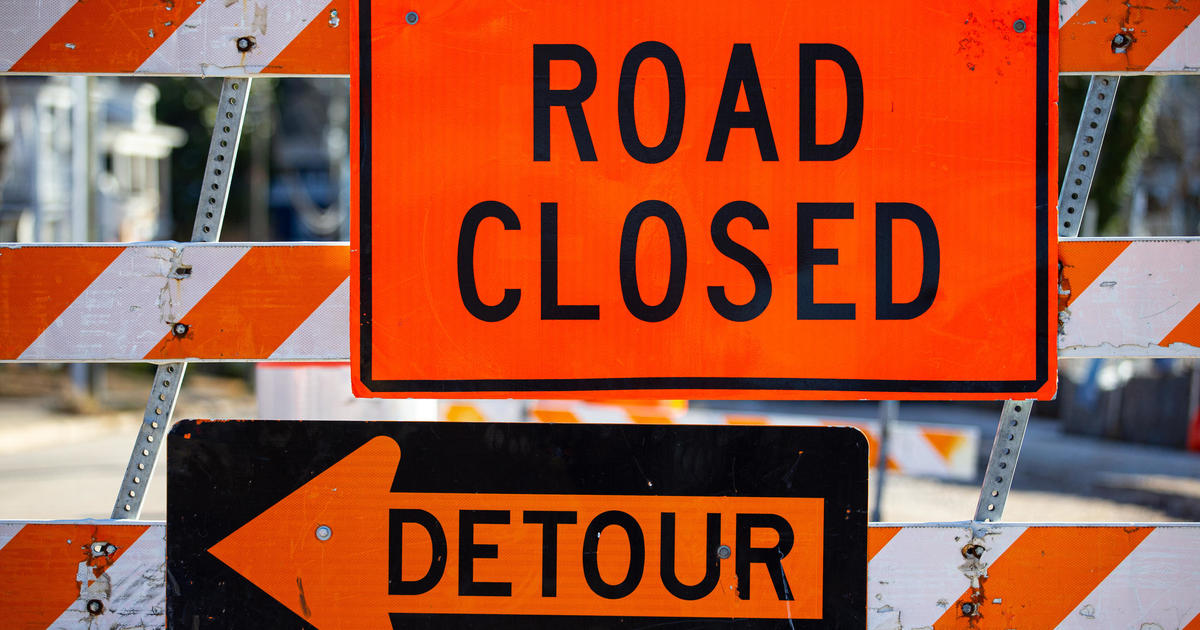UM President Announces Ambitious Goals For Sustainability
ANN ARBOR -- Hybrid buses, geothermal heat, solar panels on North Campus, funding for students to find ways to conserve resources: In a broad green stroke across campus, the University of Michigan will invest $14 million in new commitments announced Tuesday to achieve ambitious environmental goals.
This is on top of $64 million in one-time construction activity including energy efficient buildings, plus ongoing core operations of $20 million in recurring funding that directly supports sustainability efforts on campus such as the Office of Campus Sustainability and M-Ride during the next three years.
Further commitments are being made through the hiring of new faculty in sustainability areas, creation of a new sustainability minor, participation in STARS -- the Sustainability Tracking, Assessment & Rating System -- and more.
"I want the message to be clear: Sustainability defines the University of Michigan. Combine maize and blue, and you get green," UM President Mary Sue Coleman said in a speech kicking off the university's annual EarthFest celebration.
The impact of UM sustainability work is already far-reaching from the classroom to the field. In Liberia, UM graduate students just built a merry-go-round that generates power to light a schoolhouse. UM and a Chinese university are jointly funding projects aimed to improve wind turbines and electric vehicle batteries and to better understand the combustion physics of biofuels. And closer to home, researchers are leading a federally funded effort to help Great Lakes residents anticipate and adapt to climate change.
The presidential declaration today marks an important new chapter, one that will alter the face of the campus and, more important, the character of UM teaching, research, operations and public engagement, Coleman said.
By 2025, the University of Michigan has pledged to:
* Cut its greenhouse gas emissions by 25 percent, the equivalent of removing nearly 42,000 cars from the road.
* Make the university transportation system more efficient -- decreasing vehicle carbon output by 30 percent for every person in the car, truck or bus.
* Shrink the amount of waste sent to landfills by 40 percent.
* Protect the Huron River through best-in-class storm water control strategies and by applying 40 percent fewer chemicals to campus landscapes, and ensure that at least 30 percent of stormwater runoff does not flow into the Huron River.
* Promote sustainable foods while supporting more Michigan farmers and producers. From the residence halls to the unions and hospitals, the university is introducing new purchasing guidelines and making a commitment that at least 20 percent of U-M food comes from local and sustainable sources.
Some changes will be noticed almost immediately.
The university is purchasing 37 hybrid vehicles, including seven new hybrid buses that will begin to arrive in December. One in six University buses will now be hybrids, and the long-term goal is an entire fleet of highly efficient vehicles.
The new 40-foot buses use a roof-mounted battery system to supplement their diesel engines, allowing for better fuel mileage and lower emissions. The hybrid buses get approximately five miles per gallon of fuel -- an improvement of 30 percent over a conventional bus.
Hybrid technology is especially beneficial for vehicles that encounter frequent stop-and-go traffic, like campus buses. When the brakes are applied, a generator converts the energy released from deceleration into electrical energy, which is stored in a battery and used when the bus accelerates.
In addition to the new buses, the university has purchased an additional 30 hybrid sedans. The sedans are available to faculty, staff and students for authorized university business travel, both local and long distance.
UM is partnering with DTE to install extensive solar panel fields on North Campus. And on the South Campus, the soon to open Weisfeld Family Golf Center will be heated and cooled with geothermal technology -- a first for the university.
The indoor portion of the 9,750 square-foot center will be heated by the geothermal system. Using closed loop water system as a medium, the system draws upon the earth's energy to warm the water to a constant temperature of approximately 55 degrees and then pumps the water out of the wells and into a heat exchanger.
In the winter, water is drawn from the ground for warmth and in the summer, water is sent into the ground to cool the facility.
The College of Literature, Science, and the Arts, the university's largest school, will now offer an academic minor in sustainability. Offered through LSA's Program in the Environment, the minor will be open to all 27,000 undergraduates, regardless of their academic home.
The university is more than doubling its commitment to its Planet Blue energy conservation measures that already saves $4 million annually and cuts energy use by an average of 8.3 percent per building. It has launched Planet Blue Ambassadors, which trains students and staff to teach the 80,000 members of the Michigan community to save energy, reuse and recycle, and reduce waste.
And any dining halls that are built or renovated are expected to go trayless. Using a tray often means taking more food -- and some of that food goes directly into the garbage.
The university also will join STARS developed specifically to measure sustainability on college campuses worldwide. And, in a further effort at transparency and to track effectiveness, the university will turn to its Institute for Social Research. ISR, the world's largest survey research organization, to measure the sustainability attitudes and behaviors of students, faculty and staff, as well as identify where improvement can occur.
More than 500 UM students, faculty and staff contributed to the two-year study, known as the Campus Sustainability Integrated Assessment, which led to the operational goals announced today.
The study was launched after Coleman stated in October 2009 that she would lead a multifaceted initiative to elevate the university's commitment to sustainability in teaching, research and operations.
Under the plan, Coleman established a Sustainability Executive Council, a Special Counsel on Sustainability, and an Office of Campus Sustainability. The overarching goals of the initiative include reducing the environmental impact of campus operations, creating and expanding academic courses and research opportunities, and connecting academic and operational activities to make the campus a living laboratory for sustainability.
The Campus Sustainability Integrated Assessment marks the first academic-operations collaboration under the new framework, with the Graham Environmental Sustainability Institute and the Office of Campus Sustainability partnering to identify sustainability standards and goals for operations. The end result of that process is the Campus Sustainability Integrated Assessment Final Report, including the recommendations for 2025 goals that have been adopted by the Sustainability Executive Council.
"The goal commitments are certainly important, but more impressive to me is the emerging culture shift on campus," said Donald Scavia, director of the Graham Institute and Special Counsel to the President on Sustainability. "I believe the high levels of focus, energy, and collaboration now in place throughout the university are the most significant steps in driving progress toward all of our sustainability goals -- in education, research, and operations."
Coleman stressed that UM students played an essential role in moving the university further down the sustainability path. She cited the Student Sustainability Initiative, in particular, for pulling together dozens of student groups working to make the University of Michigan a more sustainable place.
Across campus, there are 640 courses that feature content about sustainability. Some 670 faculty members have expertise in sustainability, and many of them collaborate on cross-disciplinary research projects. Of 100 new positions funded recently to expand interdisciplinary teaching, more than one-quarter are grounded in climate change, energy, building design and other fields of sustainability.
On the operations side, the new goals build on a long history of notable achievements, which include:
* Recycling. The university's recycling program is now in its third decade. Thirty tons of recyclable waste are collected each season at Michigan Stadium, and nearly five times that amount is gathered when students move out of the residence halls.
* Construction. The university has pledged to meet LEED Silver standards for major new construction projects of $10 million or more. U-M has already achieved LEED Gold for the Dana Building and LEED Silver for the Ross School.
* Planet Blue Operations. The university's energy conservation program has completed improvements and upgrades on 70 campus buildings so far, saving $4 million annually. Up to 120 buildings will be completed by FY 2012.
More information on sustainability at the University of Michigan: www.sustainability.umich.edu



